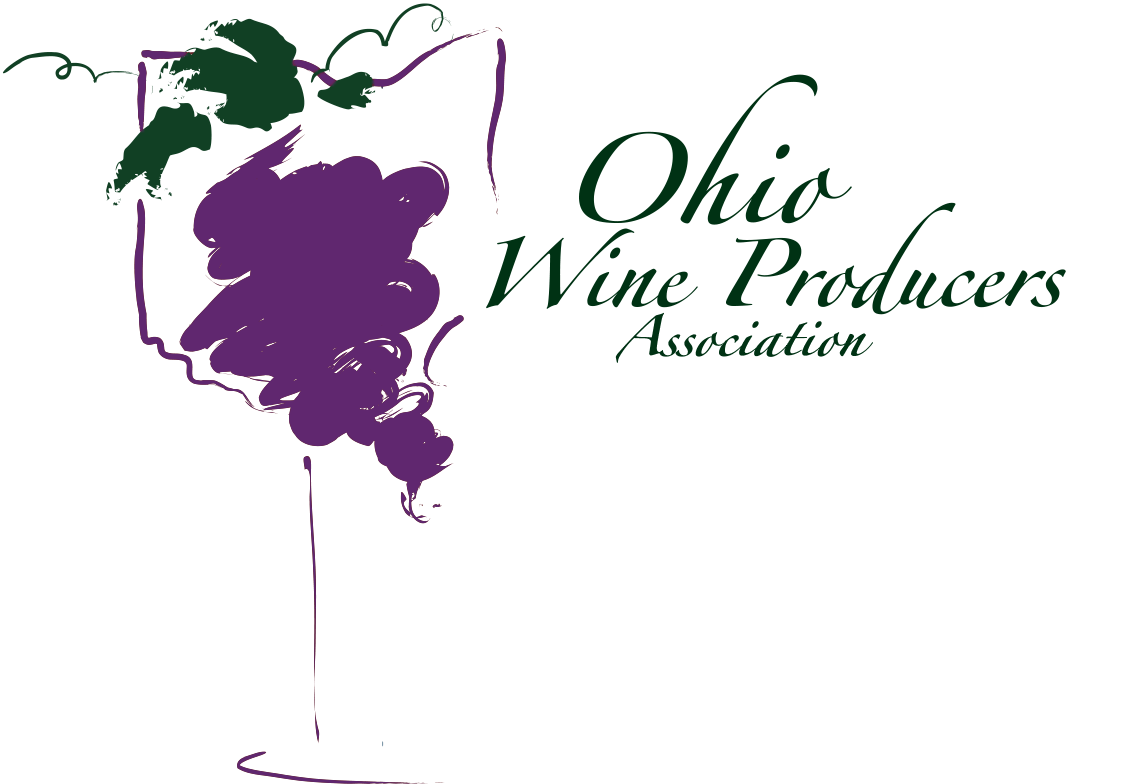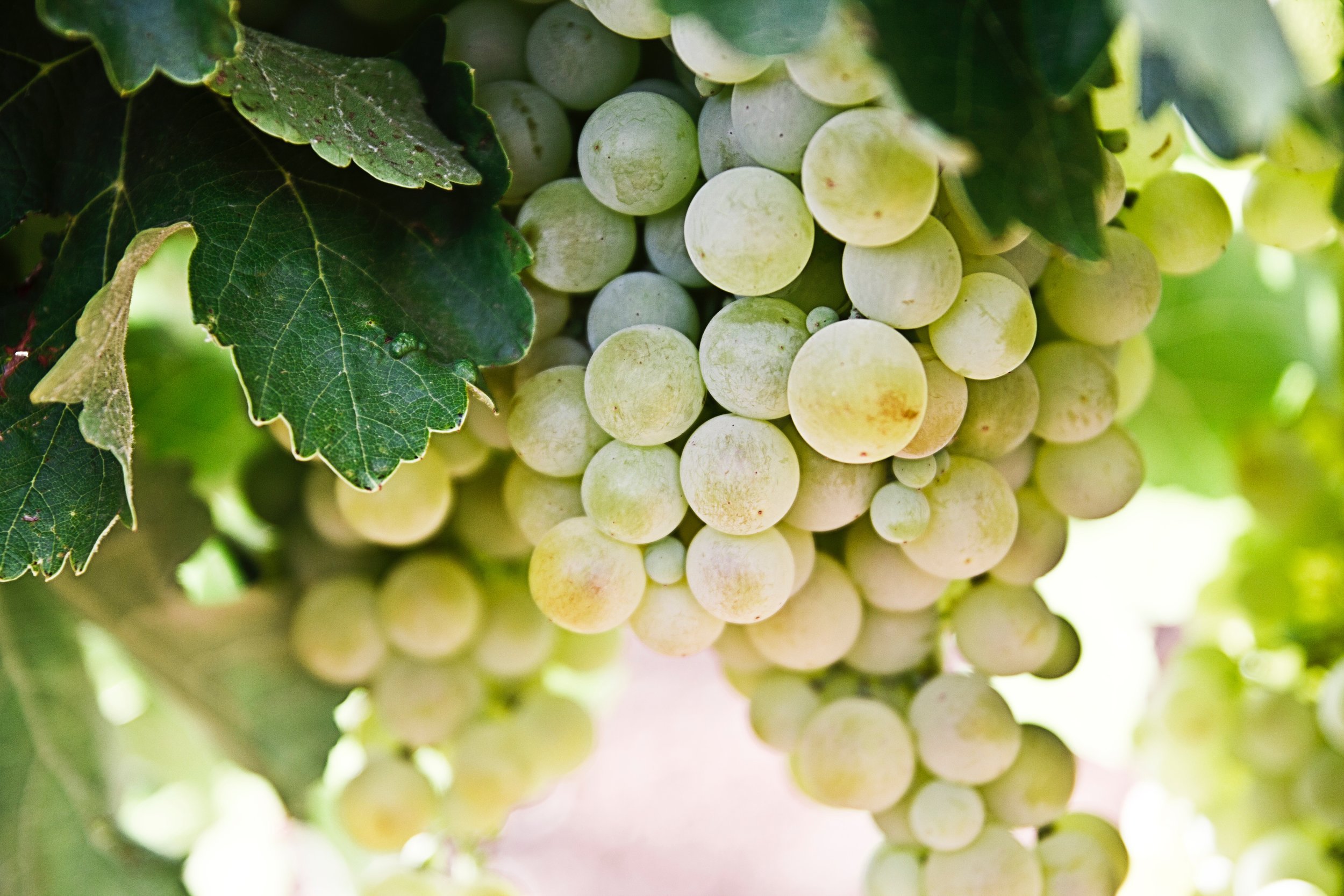Mid Winter Vineyard Notes
Many who visit our tasting rooms in the summer ask: What do you do with all your spare time in the winter? Harrumph is often the answer. Winter is a long and difficult season in the vineyards.
As the winds of winter blow across Lake Erie and dump mountains of snow in our vineyards, growers are trudging through the rows pruning miles of canes remaining from the 2008 season to make the vines ready for new growth when spring arrives.
Pruning is an arduous, sometimes miserable, job but if wines are truly born in the vineyard, the foundation of quality 2009 vintages begins with each snip that the trimmers make between now and the time saps starts to flow in April.
Depending on the desired crop load, style of wine the vintner intends to produce and the physiology of the vine, each variety dictates the pruning system a grower uses. With clippers in hand, the trimmer will stand back, evaluate the structure of each vine and begin to make decisions regarding the number of buds to leave how to adapt it to each trellising system. He will snip and assess, then snip again and assess. When the excess wood is pulled off, the tugging will occasionally cause a long piece to snap against exposed skin. Ouch..An experienced worker can finish only several dozen vines in an average day. Finishing a 30 acre vineyard is an all-winter task.
Beyond the frosty, difficult and tedious handwork, there are other things happening this time of year.
Most travelers through wine country see the large white turbines and think they are used for spring frost control. That is true, but along the south shores of Lake Erie, they sometimes serve a second purpose. When temperatures drop to the single digits and below, growers also turn to those huge wind machines to protect their vines in extreme cold snaps.
When nights are still and the thermometer drops below 10 degrees, those giant propellers mix the several striations [layers] of air that result from our adjacency to a large body of water. Growers have reported raising vineyard floor temperatures six to eight degrees: the difference between a good season and a disaster than would otherwise winter kill a substantive portion of their annual crop.
This area is know for its cool climate varieties Riesling, Chardonnay, Pinot Gris and Cabernet Franc but cool does not equal frigid.. And we also produce Pinot Noir, Gewurztraminer and Cabernet Sauvignon, considered more moderate climate varieties. The former vinifera [European style] are considered a bit more hardy, the latter, more tender. So until the temperatures drop to 10 degrees most of the first group survives with little or no damage. Several nights with those circumstances will do some harm to more tender grapes. At zero, Rieslings begin to experience 10 to 30% damage, and Pinot Noirs even more. In all of these cases, only the fruit for the upcoming year will be impacted.
However, once the weather goes into the minus digits, significant trunk and cane damage will ensue in most viniferas even to the point of vine death. This would require several thousands dollars crop loss and additional thousands to re-plant new vines. The winter of 1994 is testimony to what can happen in the worst of years.
Farmers ALWAYS understand that while hard work and technology can make a difference, ultimately Mother Nature is their production partner. This winter, our grape growers may be sorely tested by her whims.
For more information: dwinchell@OhioWines.org
About the author:
Donniella Winchell, Executive Director of the Ohio Wine Producers Association...


